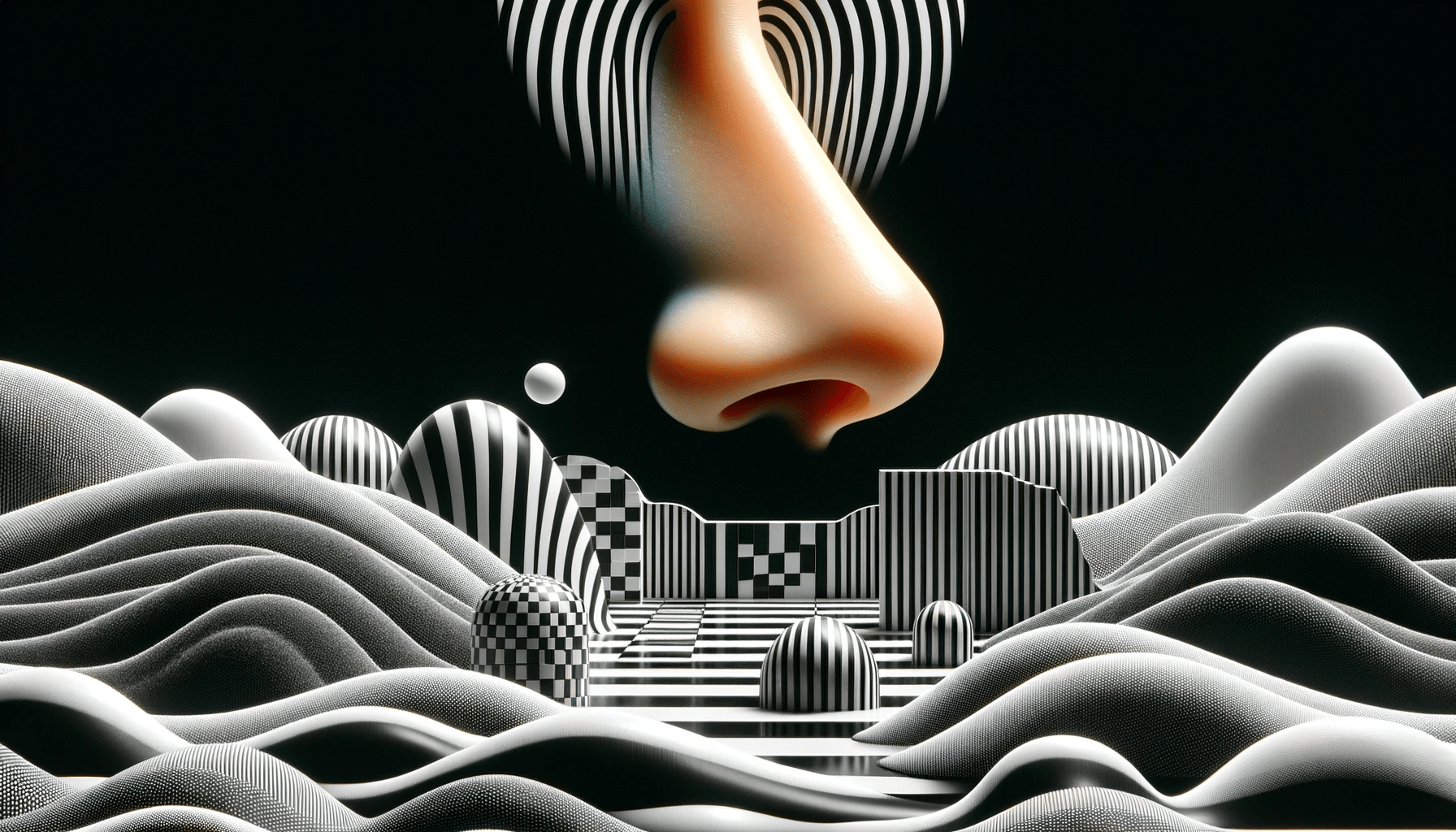In the grand tapestry of art history, each medium weaves its own narrative. Fresco and encaustic, the venerable ancestors in the lineage of art mediums, set the stage for a revolution paralleled today by AI in the digital realm.
Fresco: The Dance of Pigment and Plaster
Fresco, a technique as ancient as the Roman villas, is the art of painting on wet plaster. The artist, working against time, embeds pigments into the intonaco, the final, fine layer of plaster. As the plaster dries, the painting becomes an integral part of the wall. This alchemy of pigment and lime creates a durable, matte finish, vibrant in its subtlety but limited in its capacity for revision and detail.
Encaustic: The Ancient Harmony of Wax and Color
Encaustic, an art form dating back to the Greeks, is painting with hot, pigmented wax. The technique involves using heated beeswax mixed with colored pigments, applied to a surface and then reheated to fuse the paint. This labor-intensive process results in a richly textured, luminous surface. However, the medium demands a swift, decisive hand, leaving little room for error or alteration.
The Oil Painting Revolution: A Symphony of Flexibility and Depth
Enter oil painting, a medium that eclipsed its predecessors with its unparalleled versatility. Unlike the quick-drying, unforgiving nature of fresco or the rigid textures of encaustic, oil paint offers a symphony of manipulation. It dries slowly, allowing artists to blend and rework, to layer glazes, and create a luminosity that mimics the play of light and depth.
AI: The Digital Alchemist
Today, AI stands as the digital alchemist. It transcends the physical boundaries of traditional mediums. AI algorithms, like neural networks, are the new brushes, creating visual symphonies from data. The ‘canvas’ of AI is limitless, a realm where pixels replace pigments, and machine learning models offer a spectrum of styles, from the baroque richness to the minimalist zen.
Texture, Color, and Light: The Parallel Paths
Where encaustic offered texture, AI offers depth in the form of layers of data. As fresco brought forth vibrant, earthy tones bound in the chemistry of lime and pigment, AI provides a kaleidoscope of hues generated from algorithms. Oil painting’s play with light and shadow finds its echo in AI’s ability to render images with hyper-realistic or surreal qualities, transcending the limitations of physical paint.
The Nuance of Creativity: Human vs. Machine
The brushstroke in fresco and encaustic carried the weight of permanence; oil painting introduced the concept of flexibility. AI, in this lineage, brings a new paradigm – the fusion of human creativity with algorithmic precision. The challenge lies in harmonizing the artist’s vision with the interpretive power of AI, navigating a landscape where creativity is both human and machine-driven.
TLDR:
Fresco and encaustic laid the foundation of art’s narrative, defined by the immediacy of their mediums. Oil painting broadened this narrative, introducing a fluidity of expression. AI is now extending this story into a new digital frontier, redefining the boundaries of art and creativity. The evolution from fresco and encaustic to oil, and now to AI, is a testament to art’s perpetual motion, a journey of transformation and endless possibilities in the pursuit of beauty and expression.
mush love,
Bradley C and GPT
